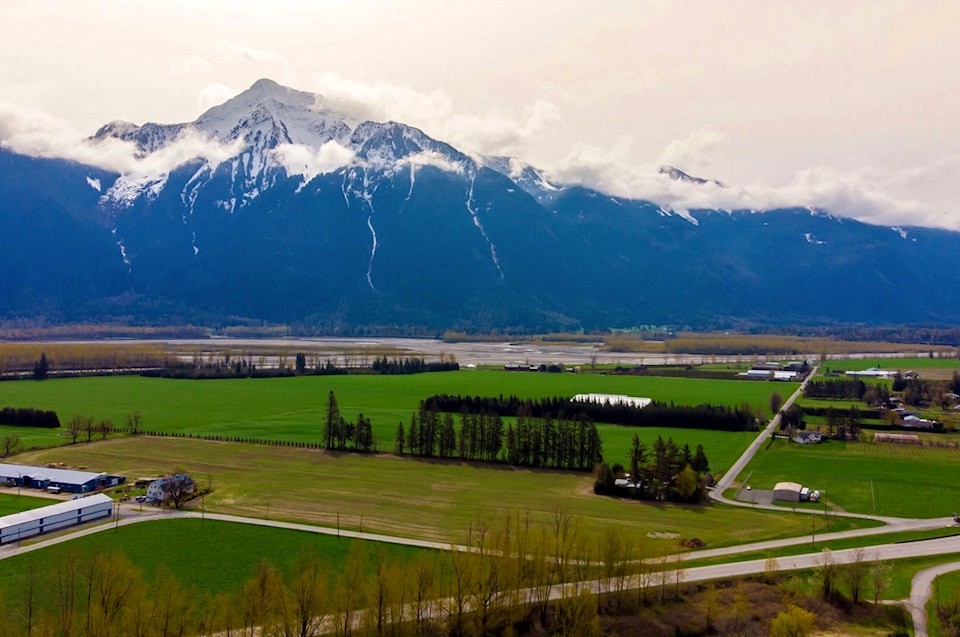The ugly truth is that the continual rising benchmarks in private property prices are harming the balance of the real estate market across the province. The high prices are not prized by a very large segment of B.C.’s citizens, including young families, singles and seniors. Yes, higher prices are a big help to existing homeowners with equity in their landholdings whose return will see them have ample monies to relocate for lifestyle and other opportunities. It is nice to see average people get ahead, and actually see some return on investment for their hard earned dollars spent paying down years of their mortgages.
But the flip side to our ever-increasing high market prices is the exclusion of a whole segment that used to be a part of the market equation – the new buyer. Single mothers and fathers, and individual title holders that seek mortgages are having to make cutting sacrifices to achieve home ownership. No longer can you count on that if you must sell your home and relocate that you can even afford to get back into the market in the location you want or need to live in.
The property ownership truth these citizens are facing in 2020 is summed up by the word: unaffordable.
Unaffordable housing in this province has reached critical in many regions and is one of the biggest market issues facing B.C. We have outgrown our available private land base and the pressure building behind these growing pains has also caused an affordability crisis in rental housing markets province-wide. The provincial & federal government implemented shortsighted policies that further exacerbated the issue. The foreign buyers speculation tax was implemented with loophole jumping geographical boundaries that put pressure on unprotected sensitive areas of agricultural land that was carelessly excluded in their planning.
The increasing demand for land coupled with low interest rates, 25-year amortization mortgages coupled with household debt load, and the low market inventory is actually further diminishing the capacity for the market to correct by reducing the amount of new buyers and buyers who need to move or upgrade. New buyers are desperately needed to keep the market balanced and the economy stable; they historically bought into a low-priced starter home to enter the market.
Starter home prices really don’t exist anymore. Everything we consume and use has also risen in price over the last several years, but wages have not. The real estate market is fundamentally built and balances itself on the supply and demand. Our domestic demand combined with foreign demand all competing in an ever-diminishing pool of available listings has but one predictable outcome - that prices will continue to rise!
In my 20’s, there was never a doubt in my mind that I would graduate post-secondary and then go on to a job that would allow me to own my own home, where I would marry and raise my family. I had envisioned that my children would be able to do the same. The reality is far from that as we prepare to turn the page into March 2020. The least affordable markets in Canada are in British Columbia’s Lower Mainland, Greater Vancouver and the Fraser Valley. An article released in October 2019 by New Geography journalist Wendell Cox stated that statistics show young families are faced with saving for over 40 years to come up with a down payment to purchase condo, semi-detached and single family homes, providing they can find a mortgage provider that will qualify them through the B20 Stress Testing. That paints a very hopeless and frustrating picture for the next generation.
Where will our young families have to go to be able to afford a home where they have good-paying jobs and access to schools? Will the next generation of children never experience the freedom and healthy lifestyle a private home with a safe yard affords? And we wonder, why socialism as an ideology is gaining interest amongst millennials and young adults? The equality gap has not just widened – it is now a gaping canyon that needs some immediate attention to bridge.
In my opinion, the number-one option would be to release one- to two-per cent of specifically chosen crown land holdings into the private market, to first and foremost balance the inventory available. This would immediately have an effect on the rising costs due to low inventory counts. A large portion of this released crown land should be legislated for use by only by domestic low income, multi-family and semi-detached dwelling projects. Release the land, create jobs to bolster the economy build the affordability back into the housing market across the province. Of BC’s total land base, only 5% is private saleable land, over 90 per cent of the provinces crown owned landholdings are not in the Agricultural Land Reserve (ALR) or have Indigenous Land Claims. The land that is set aside in the ALR could then be saved from residential and commercial construction pressure and put to its best use which is growing our food supply. Removing too much of the provinces best agricultural land in the upper Fraser Valley could impact future ability for food production for the growing population.
This is a viable solution to the issue that doesn’t include band-aids that ultimately create more tax revenue for the government than they do actual good for the citizens they represent.
In summation, the most immediate federal, provincial and municipal cooperation in process is needed to take action and correct the real issues of what is pricing our own young out of living in this province. What are we ultimately building? A healthy prosperous society or a healthy bank account for the already wealthy banks and corporations?
Freddy Marks, together with his daughter Linda Marks, runs Agassiz’s 3A Group Sutton Showcase Realty. He has been a Realtor in Canada and Germany for more than 30 years, and currently lives in Harrison Hot Springs.
